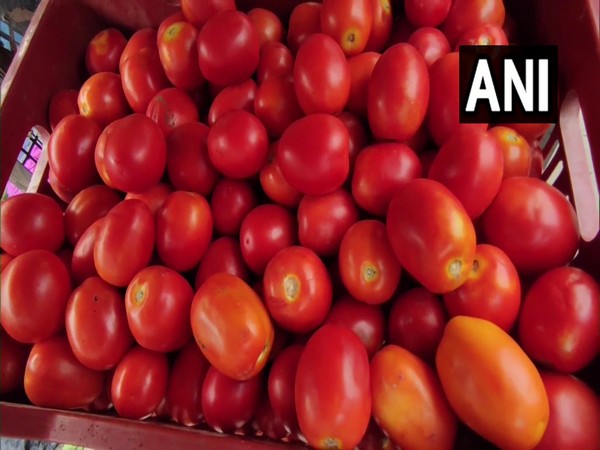Over the last few years, India has turned a corner and placed a renewed emphasis on ensuring that the new era requires a new mechanism. This novel mechanism shares immense benefits of technology for humanity as was seen with the hugely successful Digital India campaign.
In what has become a huge catalyst towards promoting as many transactions that can take place through digital means, the Digital India campaign has empowered the common citizen with the widespread use of technology on that front.
Technology-based digital platforms have gained popularity among various sections of society including the educated semi-urban and rural classes equally in the last decade. Though the shift to these online platforms was a foregone conclusion, the fact that the same would happen so swiftly took everyone by surprise.
Notwithstanding the presence of private Indian non-banking financial players like PhonePe or PayTM as well as international giants like GPay, the most successful and user-friendly interface among all of them has been that of BHIM (Bharat Interface for Money) launched by the Government of India.
Continuing on this trend of promoting ease of living within the nation, the Government of India has been able to add new services to it. Adding a new dimension to the push towards digital finances, an even more advanced, effective, transparent, and reliable way has been found through which 75 digital banking units have been launched in 75 districts of the country.
As of now, 11 public sector banks as well as 12 private banks would be participating in this initiative. In the last half a decade particularly, banks have been able to reach out to a record number of poor through which financial inclusion has received a huge shot in the arm.
Reforms in the banking sector along with this push for inclusion have been able to connect the poor with the banking system. More than the physical distance between such banks and their branches, the psychological distance between those in rural India particularly, these banks and their branches have been reduced as well.
A top priority has been given to ensure that banking services reach the most remote corners of the country which has further resulted in more than 99 percent of total Indian villages having some bank branch, banking outlet or banking correspond/mitra within a 5-km radius. To ease this further, the huge network of interconnected post offices in the country has become part of the mainstream of banking as well via the India Post Bank.
These banking services that have reached the common Indian through BHIM, RuPay, e-Rupi, and Jan Dhan have opened new doors of possibilities. Similarly, the digital banking unit will ensure that such banking services are free from paperwork and other hassles.
Banking will be easier than ever with convenience and security. In a village or a small town, sending money or taking loans would become much more convenient with the online presence being maintained through these digital banking units.’
These digital banking units, as part of the larger financial technology or the more commonly-known world of ‘FinTech’, would serve as a new extension towards a historic new era. Announced in the Union Budget earlier this year, such units would be specialized and fixed point units that would help those who do not have their own computers, laptops, or smartphones to avail of banking services digitally by visiting such units.
All such facilities would be provided with ample internet in these digital banking units. Opening a savings account, transferring cash, investing in a fixed deposit, applying for loans, applying for credit cards, checking account details, and stopping payment instructions for cheques issued would all be part of these digital banking units.
It is bound to promote digital financial literacy with an emphasis on educating customers (particularly from the rural setup) about cyber security, awareness, and security measures.
In a situation like the gloomy pandemic were distancing ourselves from one another has taken a form of its own, these digital banking units put forth an interesting aspect of contactless payment mechanisms along with no need for a personal internet network on the customer’s end either.
Therefore, for a large population, these units are bound to provide the first step towards going digital in a responsible and transparent manner as well. Interestingly, the 21st-century economy is progressing with a continuum and it becomes important that the help of partner banks, government entities, and corporate players is taken to ensure that nobody is left behind in terms of financial inclusion and literacy.
Over the last decade, the rapid pace at which India has progressed in the field of digital technology has been nothing short of magical.
The Indian population has taken to digital payments like fish takes to water, with a large amount of monetary transactions at toll plazas, shops, account transfers, restaurants, etc. taking place via mobile phones alone.
A large number of developing countries are aspiring to imitate the Indian success story when it comes to digital payments, and these newly-launched digital banking units in 75 districts are yet another chapter in the glorious book of this story. (ANI)
Read More: http://13.232.95.176/

